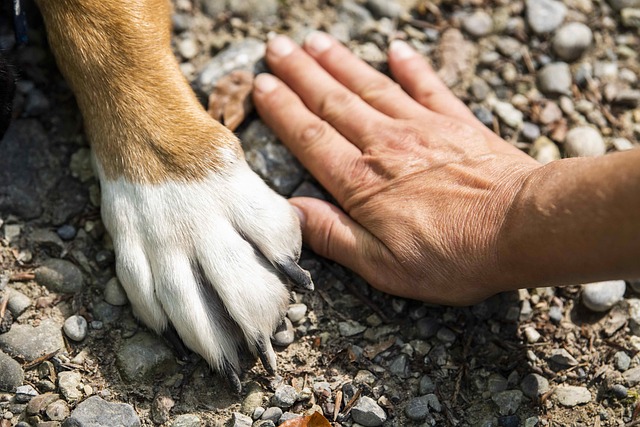
Are Dogs Really Left or Right-Pawed? Understanding Paw Preference
Just like humans are left-handed or right-handed, dogs also show a preference for using one paw over the other. This phenomenon, known as paw preference or laterality, has intrigued scientists and pet owners alike. Understanding whether a dog is left-pawed, right-pawed, or ambidextrous can provide insights into their behavior, problem-solving skills, and even emotional tendencies. Let’s dive into the science behind paw preference in dogs and how you can determine which paw your pup favors.
1. The Science Behind Paw Preference
Paw preference is linked to brain lateralization, where one side of the brain controls specific functions. In dogs:
- The left hemisphere controls the right side of the body.
- The right hemisphere controls the left side of the body.
Studies suggest that a dog’s paw preference can influence its emotional responses and cognitive abilities. For example, right-pawed dogs may be more confident in new situations, while left-pawed dogs might show more caution.
2. Are Most Dogs Left or Right-Pawed?
Unlike humans, where about 90% are right-handed, dogs show a more even distribution:
- About 33% are right-pawed
- About 33% are left-pawed
- About 34% are ambidextrous, meaning they use both paws equally
This variation makes studying paw preference in dogs even more fascinating.
3. How to Test Your Dog’s Paw Preference
There are several simple tests you can try at home to see if your dog favors one paw over the other:
A. The Kong or Treat Test
- Place a treat or peanut butter inside a Kong toy.
- Watch which paw your dog uses first to hold or stabilize the toy.
- Repeat multiple times and record the results.
B. The Stair Test
- Observe which paw your dog uses first when stepping up a set of stairs.
- Record the first paw used over multiple attempts.
C. The Door Scratch Test
- When your dog asks to go outside, observe which paw they use to scratch or push against the door.
- Note if there is a consistent preference.
D. The Shake Test
- Offer your hand to shake and see which paw your dog lifts first.
- Repeat with both hands to check consistency.
If your dog shows a clear preference in multiple tests, you may have discovered their dominant paw!
4. What Does Paw Preference Say About a Dog’s Personality?
Research suggests that paw preference may be linked to behavioral traits:
- Right-pawed dogs tend to be more confident, social, and adaptable.
- Left-pawed dogs may be more cautious, independent, or reactive.
- Ambidextrous dogs often exhibit balanced behaviors and flexibility in new environments.
Some studies have also found that left-pawed dogs may have a stronger fight-or-flight response, which could make them more sensitive to stress.
5. Does Paw Preference Affect Training and Performance?
Yes! Understanding your dog’s paw preference can help tailor training methods:
- Agility and Sports: Knowing which paw is dominant can improve performance in agility courses and dog sports.
- Service Dogs: Right-pawed dogs may be better suited for tasks that require confidence in public spaces.
